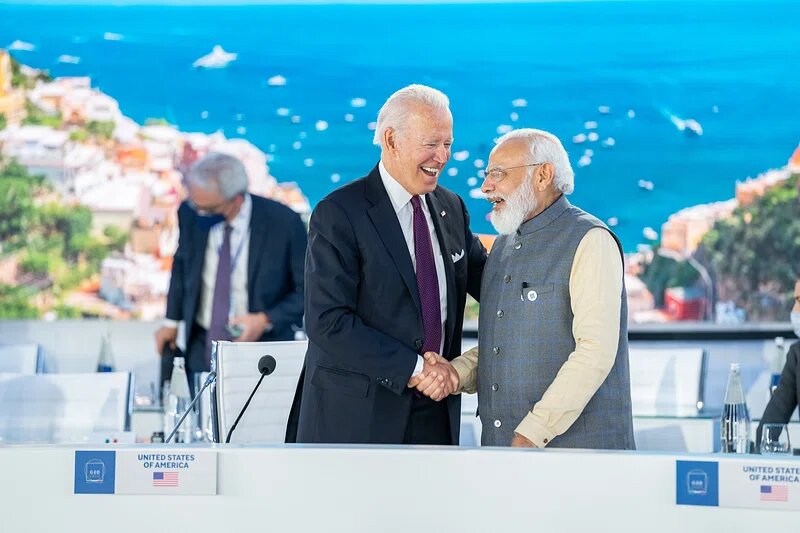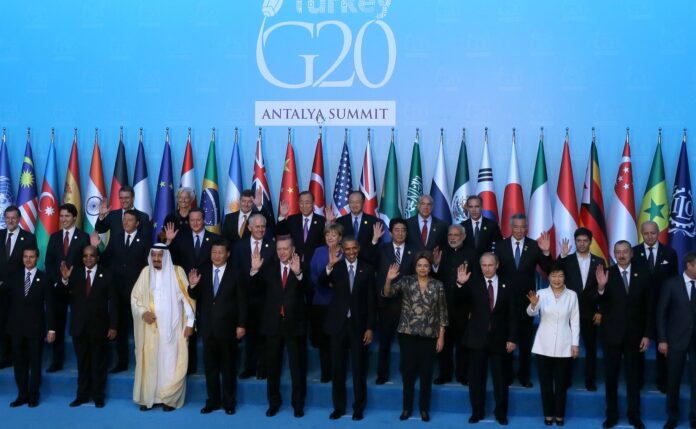The G-20 summit, a gathering of the world’s most influential leaders, has played a pivotal role in shaping global economic and political landscapes since its inception. This exclusive club of nations has convened annually to discuss pressing global issues, promote economic stability, and foster international cooperation. In this article, we will take a journey through the history of the G-20 summit, tracing its origins, evolution, and the pivotal moments that have defined its role on the world stage.
The Birth of the G-20
The idea of the G-20 summit was born out of necessity in the aftermath of the Asian financial crisis of the late 1990s. The crisis, which sent shockwaves through the global financial system, exposed the need for a more inclusive and comprehensive forum for discussing economic issues on a global scale. In response to this need, the G-20 was established in 1999, bringing together finance ministers and central bank governors from 19 individual countries and the European Union.
The original members of the G-20 included the world’s largest economies, both developed and emerging. These nations recognized the importance of coordinating their efforts to prevent future financial crises and to promote economic stability worldwide. The founding members were Argentina, Australia, Brazil, Canada, China, France, Germany, India, Indonesia, Italy, Japan, Mexico, Russia, Saudi Arabia, South Africa, South Korea, Turkey, the United Kingdom, and the United States, along with the European Union.
The Inaugural G-20 Summit
The first G-20 summit took place in Berlin, Germany, in 1999. Though the meeting was relatively low-key compared to later summits, it marked the beginning of a new era in global diplomacy. The discussions at this inaugural summit primarily revolved around financial and economic matters, with a particular focus on ways to prevent future financial crises.
However, it became evident that the G-20’s role needed to extend beyond finance and economics, as the world was facing increasingly complex and interconnected challenges. Subsequent summits would see the expansion of the G-20’s agenda to include issues such as climate change, trade, development, and global health.
The Global Financial Crisis and the G-20
The most significant test for the G-20 came in 2008 when the global financial crisis erupted. The collapse of Lehman Brothers triggered a worldwide financial meltdown, leading to severe economic downturns across the globe. The G-20 quickly emerged as the primary forum for addressing this crisis and coordinating an international response.
The G-20 leaders met in Washington, D.C., in November 2008, in a historic summit that marked the organization’s shift from a finance-focused forum to a platform for broader economic and geopolitical discussions. At this summit, leaders pledged to take coordinated actions to stabilize the global economy and avoid protectionist measures that could exacerbate the crisis.Subsequent summits in London (2009), Pittsburgh (2009), and Toronto (2010) continued to focus on addressing the fallout from the financial crisis. Leaders discussed regulatory reforms, financial stability, and economic stimulus packages to jumpstart their economies.
The G-20 as a Platform for Global Governance
As the global economy slowly recovered from the financial crisis, the G-20 solidified its role as a platform for global governance. It evolved into a forum where leaders discussed a wide range of pressing issues, including climate change, trade, development, and global health.
One of the notable achievements of the G-20 during this period was the commitment to phasing out fossil fuel subsidies, a significant step towards addressing climate change. The G-20 also played a crucial role in facilitating international negotiations, such as the Paris Agreement on climate change in 2015.
Trade issues have consistently been on the G-20’s agenda, with leaders advocating for open and fair trade practices. The organization has also sought to promote development and reduce inequality through initiatives such as the Sustainable Development Goals (SDGs) and the New Alliance for Food Security and Nutrition.
Challenges and Criticisms
While the G-20 has made substantial progress in addressing global issues, it has not been without its challenges and criticisms. Some critics argue that the G-20 lacks democratic legitimacy, as it operates without formal representation for many nations and relies on informal decision-making processes.
Another criticism is that the G-20’s effectiveness is hampered by the differing interests and priorities of its member nations. Achieving consensus on important issues can be difficult, as leaders must balance their national interests with the broader global good.
Additionally, the G-20 has faced criticism for its inability to effectively address geopolitical tensions and conflicts. It has struggled to resolve long-standing disputes, such as the trade war between the United States and China or the conflict in Syria.

The Impact of COVID-19
The COVID-19 pandemic, which emerged in late 2019, presented a new and unprecedented challenge for the G-20. The virus spread rapidly across the globe, causing widespread illness, death, and economic disruption. In response, the G-20 held a virtual summit in March 2020 to coordinate a global response to the pandemic.
Leaders pledged to take swift and coordinated action to combat the virus, including supporting healthcare systems, providing economic relief, and facilitating international cooperation on vaccine development and distribution. The G-20 also committed to ensuring equitable access to vaccines, recognizing that the pandemic could only be defeated if everyone had access to immunization.
The Road Ahead for the G-20
As the G-20 continues to evolve, it faces new challenges and opportunities on the global stage. The organization’s ability to respond effectively to crises and address complex global issues will be crucial in the coming years.
One of the pressing issues on the G-20’s agenda is climate change. With the United Nations Climate Change Conference (COP26) held in Glasgow in 2021, the G-20’s role in implementing and accelerating climate action has become even more critical. Leaders must work together to achieve their climate commitments and drive global efforts to reduce greenhouse gas emissions.
Trade tensions and economic disparities also remain challenges for the G-20. Finding common ground on trade policies and addressing inequalities within and among nations will require continued cooperation and diplomacy.
Conclusion
The G-20 summit has come a long way since its inception in 1999. What began as a forum for addressing financial and economic issues has evolved into a platform for global governance, where leaders discuss a wide range of pressing challenges, from climate change to global health.
The G-20 has played a pivotal role in responding to crises such as the global financial crisis and the COVID-19 pandemic. Its ability to bring together the world’s most influential leaders and coordinate international responses has been crucial in times of uncertainty and upheaval.
As the G-20 looks to the future, it faces both opportunities and challenges. Climate change, trade tensions, and geopolitical conflicts will continue to test the organization’s ability to find common ground and foster international cooperation. However, the G-20’s history has shown that when nations come together to address shared challenges, they can achieve remarkable results and shape a more stable and prosperous world for all.


